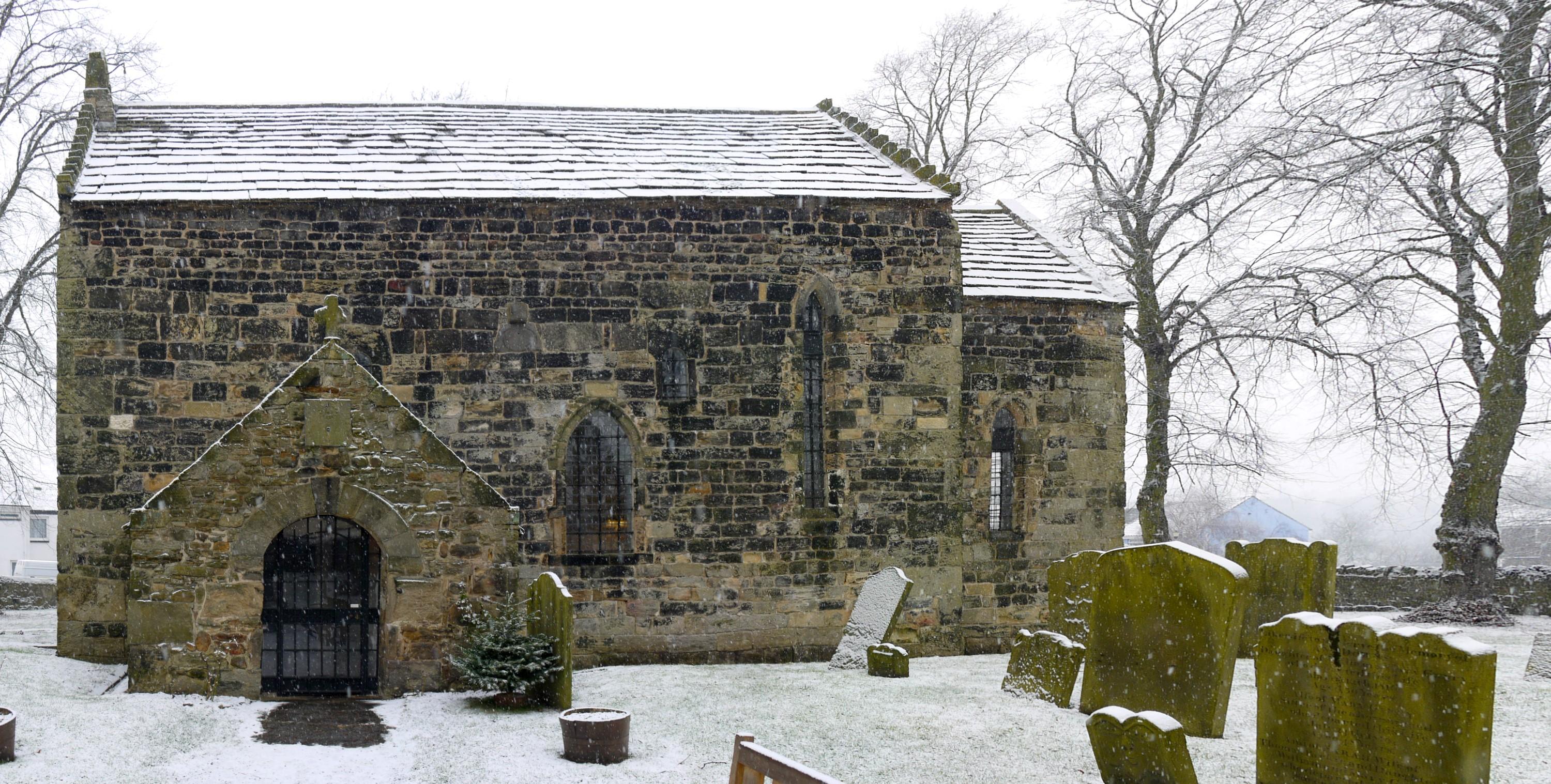St Andrew
South Church, County Durham
A 13th century collegiate church with Saxon remains, of particular interest is a Saxon cross reconstructed using both original late 8th century and modern replacement sections of stonework.

One of only three complete Saxon churches in Britain, this wonderfully preserved church sits in a sunken circular enclosure bordered by battered walls, an influence from Celtic Ireland.
Escomb, County Durham
The masonry of large blocks and quoins is partly made up of Roman stones from nearby Binchester fort, but the walls are constructed in the Saxon style of long and short work.
The church is a simple two cell structure and is largely as it was originally built in 650-700, though the south porch, with its ancient cross fragments, is a much later 14th century addition.
As you approach the west end of the church, try to spot the footprint of a former two storey annex, which was discovered during 1968 excavations. Access to the church was once by means of stone steps and included an underground chamber.
The interior is dominated by the Roman arch to the chancel, beneath which can be seen the remains of a simple red medieval painting thought to be of the 12th century. The nave is lofty, with steeply pitched rough timbers.
The north nave windows are of small Saxon style, but the south nave wall is a veritable gallery of historical English styles, featuring windows in Saxon, Norman and Gothic traditions, each giving its own light but without detracting from the others.
A Roman inscription reading LEG VI (the Sixth Legion) can be seen on a stone built into the north wall, though it was placed in upside down as simply another piece of masonry. The font (probably 7th century) contains lock holes on the edges dating from the 13th century, when it was covered to prevent baptismal water being taken 'for superstitious use.'
A Saxon sundial is believed to be the oldest in the country still in its original position built into the south wall, and not to be confused with the later 17th century sundial. Besides a beast and a fishtailed serpent, there are only three marks on the dial, showing the early monks' three principal times of worship around which their lives revolved.
Shut your eyes to the surrounding modern housing and you might almost think you were transported back to the 7th century.
South Church, County Durham
A 13th century collegiate church with Saxon remains, of particular interest is a Saxon cross reconstructed using both original late 8th century and modern replacement sections of stonework.
Shildon, County Durham
Shildon is a railway town and railway pioneer Timothy Hackworth is buried at St John's.
Kirk Merrington, County Durham
Built on Norman foundations with typical 16th century Cosin woodwork.